Simul Blog
How to add a Footer to your Microsoft Word Document
A footer refers to the bottom margin of your document. Microsoft offers you the ability to place text (or images) in the footer, by doing so this will be repeated across all pages.
Footers are most commonly used to insert page numbers or details about the document such as the authors name, documents title, date created or even a company logo.
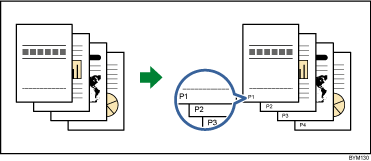
An alternative to using a Footer to add page numbers is to do so manually. Although this does work, this method will create more work as text is inserted or removed from your Word Document. As text is changed, it may drop to the next page taking your manually inserted page number with it.
With the footer function in place, Microsoft will automatically manage the page numbers for you, so you can add new text without having to then update the page numbers as well. Handy right?
Just remember, although Word will automatically update your page numbers, it will not automatically update the table of contents to match these. Our blog on how to update your table of context can be found here.
In this post, we will show you how to add a Footer to your Microsoft Word document in just 4 quick steps.
Adding a Footer in Microsoft Word
- Open Microsoft Word
- Click the Insert tab

- Find and Click Footer
- Under the Footer menu, select the style of Footer you would like to add
- By clicking on your preferred style of footer, Microsoft will then add this footer to your document
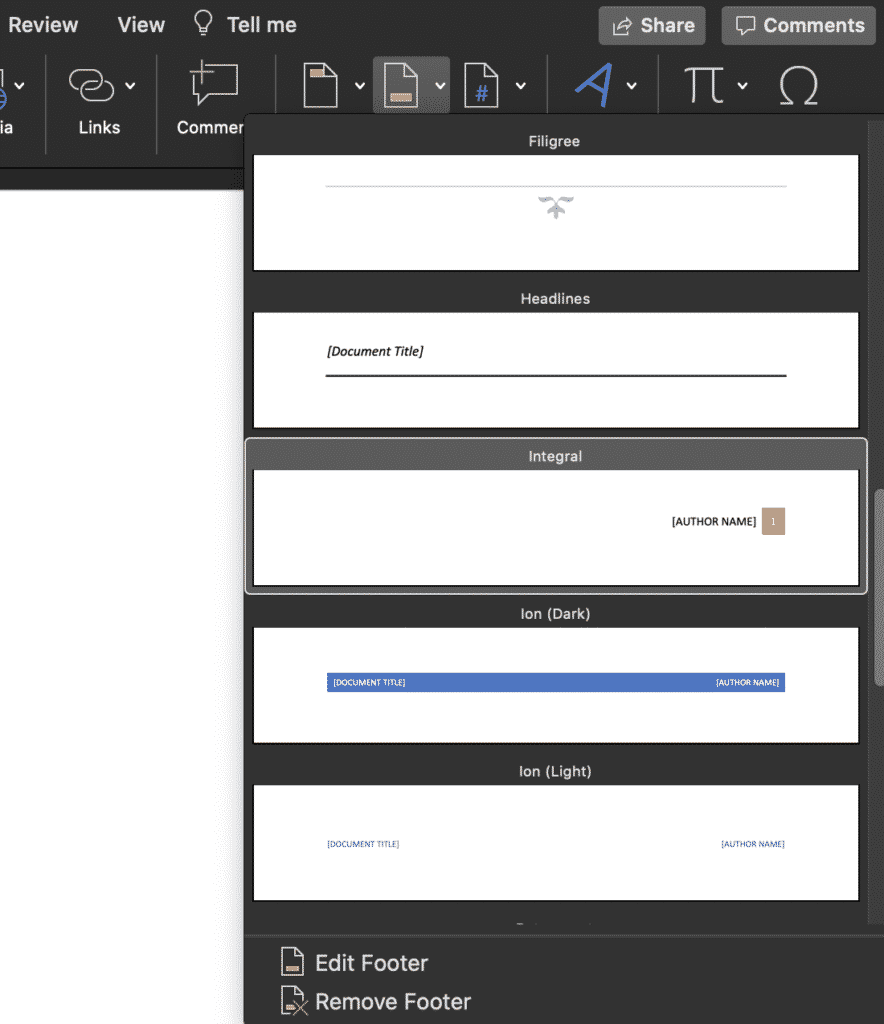
Once you have selected the style of Footer this will become visible across every page of your document. To update the footer, simply place your curser over the footer and click.
Searching for better way to collaborate and track changes in Microsoft Word?
When collaborating in Microsoft Word, tracking your changes is a must.
Without tracked changes, there is no way for future readers to know what changes were made where and who made them. This is why Microsoft added the ‘Tracked Changes’ feature to Word, which is great when you remember to turn it on…
We’re not sure why we always seem to forget, but we do and we’re pretty sure you may as well. So you go ahead and start making a few minor changes to the document without noticing that tracked changes aren’t on until your halfway through your 18-page document and bugger…now you have to re-read the first 9 pages that you’ve already reviewed and try to remember what you changed.

Some of your changes will be easy to find, it’s the small or ones related to punctuation that are more challenging.
The other issue with Microsoft’s tracked changes is also related to an author not turning them on, but this time maybe not by mistake. An author can quickly jump into your document and make a minor edit without you knowing, because Word will only track the changes you ask it to you may end up progressing on with the document oblivious to the sneaky little change made by your colleague 3 versions ago.
There are so many things that could go wrong because of this if someone changes a legal document or draft contract agreement and you don’t notice, that could have huge ramifications down the line. So, it’s not only your time that is being lost when you honestly forget to turn tracked changes on, but it also becomes a huge risk to your company if you can’t control every edit made, or at least know its there.
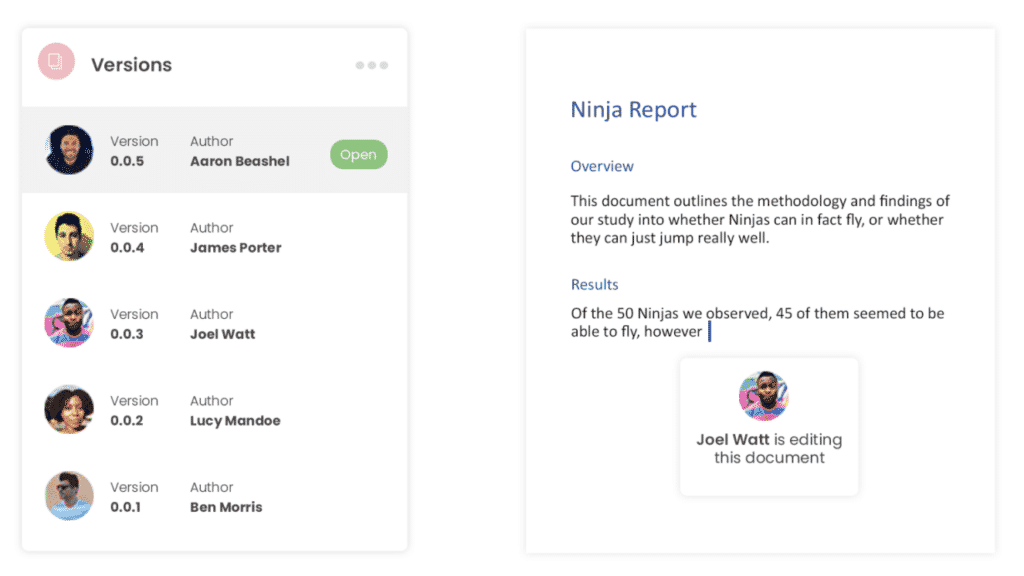
To save us all from ourselves and our sometimes sneaky colleagues, you can employ the help of a collaboration tool such as Simul Docs.
Simul was built for Word, with collaboration in mind.
It knows that when you open a document and start making changes you probably want them tracked, so Simul tracks changes automatically. Because of the automatic tracked changes feature, it is impossible for any changes to be made in your document without you knowing about it.
Each change made will have an except of decline button sitting next to it, similar to what you see in Microsoft Words track changes feature. You can quickly review any changes made in that version and accept any you like and decline any that aren’t quite right.
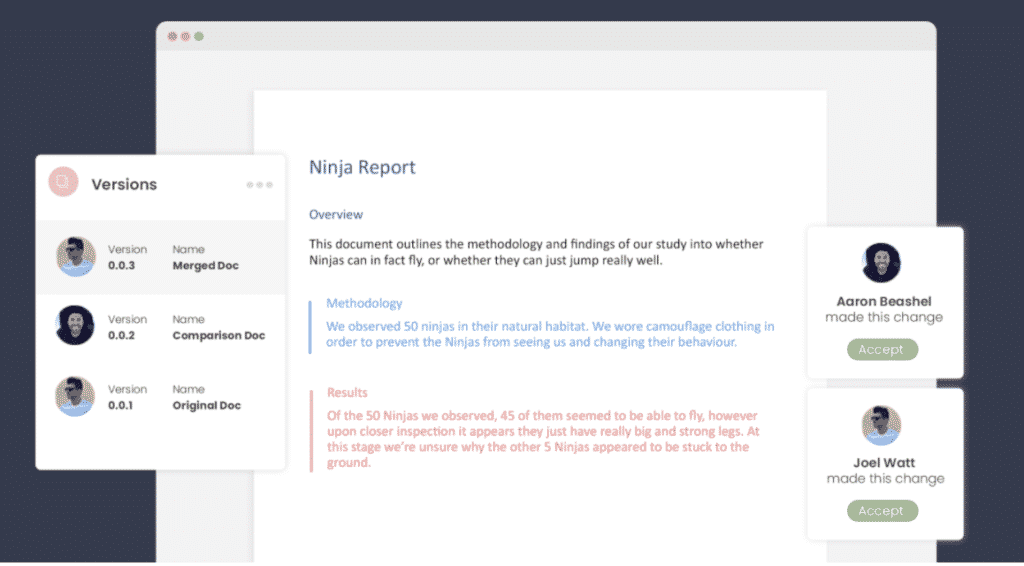
On top of that, your colleagues can also leave comments or notes within the document to give you additional information such as ‘once Jane has reviewed this and added her changes I will take another look’. This comments feature can also be used in Simul to start an in the document conversation thread, allowing you to type short messages between you collaborating team members about the document (or after-work drinks, there are no limits here) while keeping everything in the same place. Living in the document, as they should.
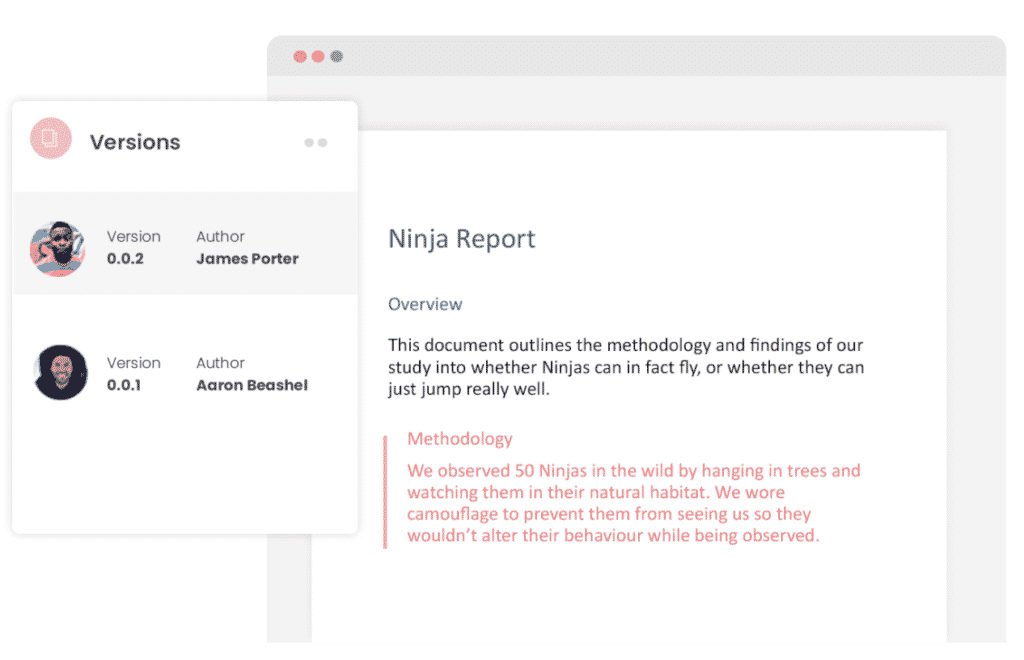
Once you have finished collaborating and you are ready to save and send your document, Simul has all of the features you need to share via whichever tool or source you prefer.
Save your document as a word file or PDF, thats easy.
Share it via a direct link, email or a cloud system such as GoogleDrive, OneDrive, Dropbox and more.
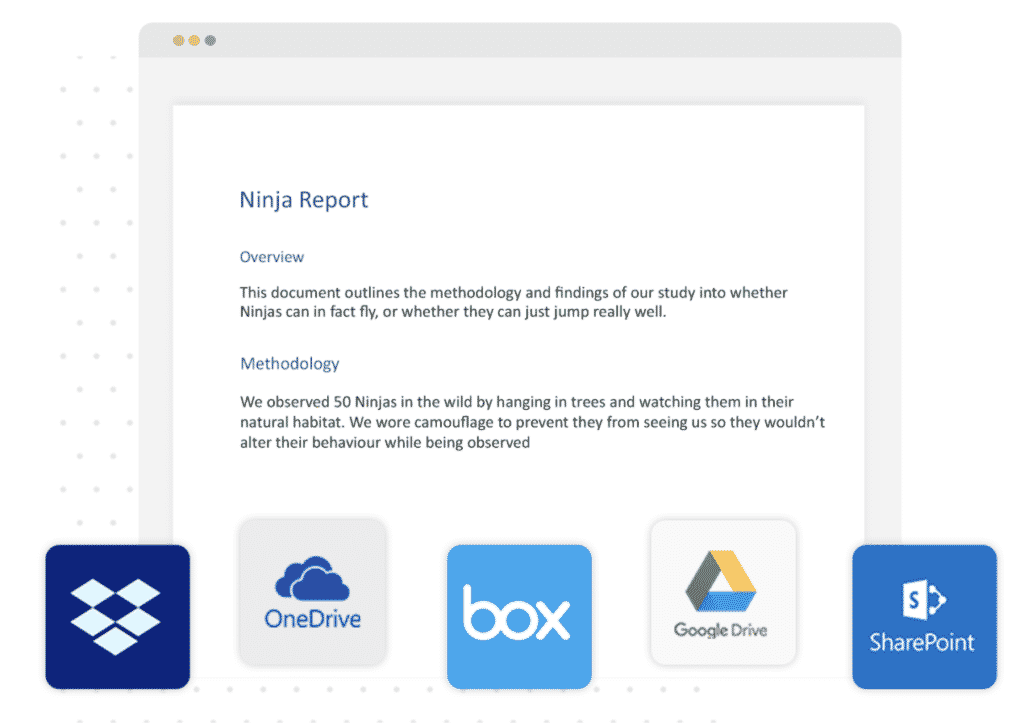
If you share the document in word formate with someone outside of your organisation, they too can edit and make changes using Simul so you can continue collaborating without worrying about moving the document in and out of the software.
With Simul offering so many cool features that truly make collaborating easy, we wouldn’t be surprised if you share it with someone outside of your organisation and they quickly become Simul Docs converts too.
Easy collaboration is addictive. Once you’ve tried it you’ll never go back.
Get Started For Free
See how Simul can help you with a 14 day free trial, and paid plans start at just $15 per month.